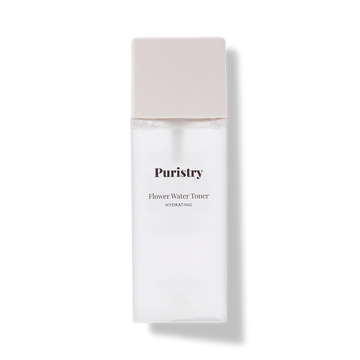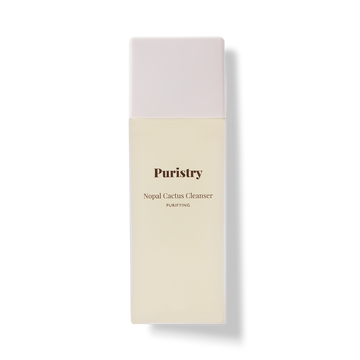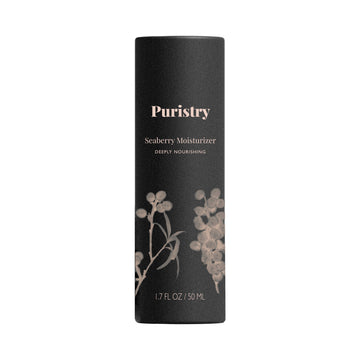Cosmetic ingredients to avoid for your health and wellness
Written by: 100% PURE ®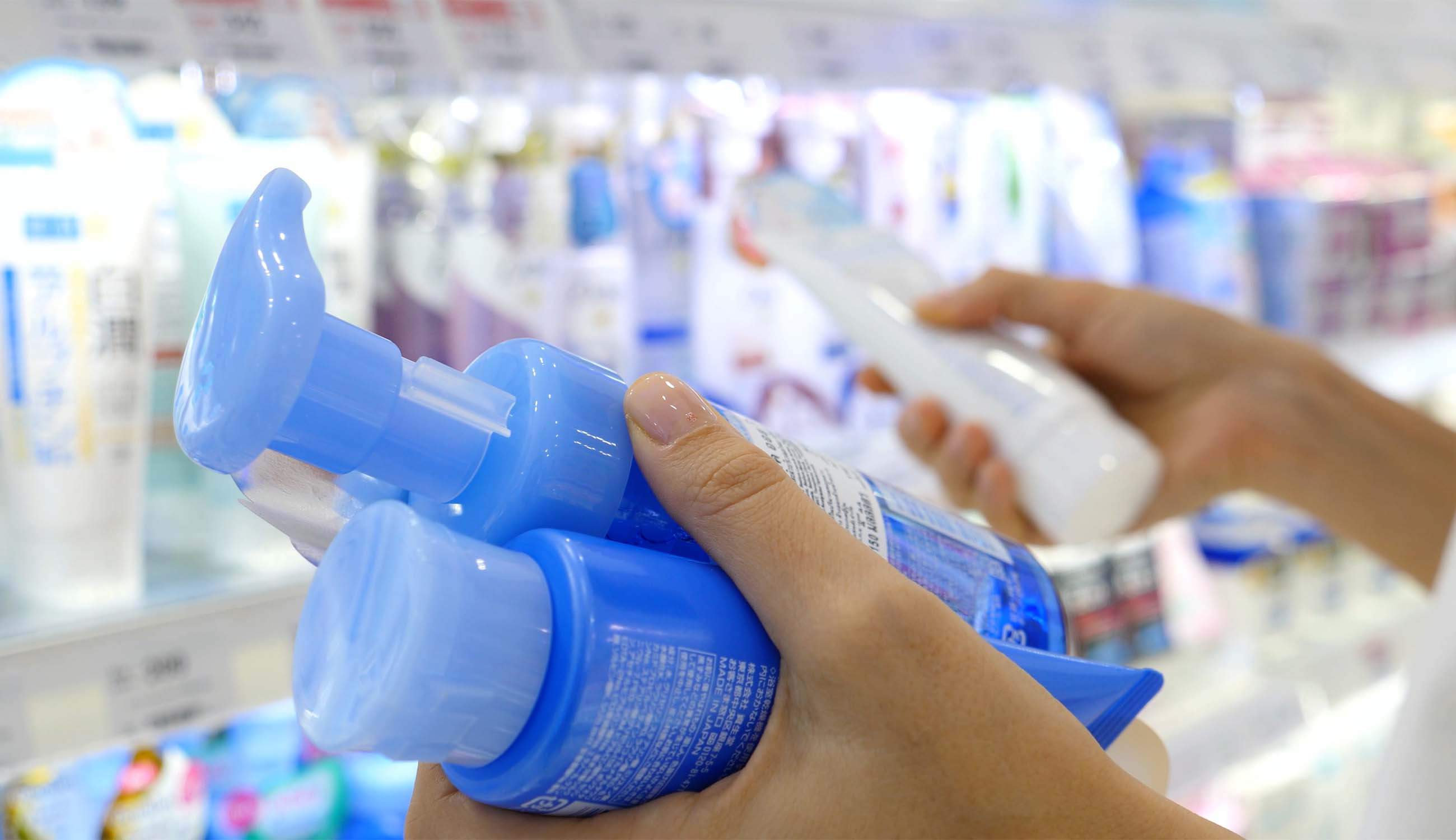
While the world of cosmetics can be sunshine and rainbows, we still do take skin care seriously. What we put in our bodies and on our skin is supposed to be good for us – healing, supportive, and transformative.
Unfortunately, that doesn’t mean there aren’t cosmetic ingredients to avoid. Cancer-causing ingredients in cosmetics are more common than most of us would expect. In recognition of World Cancer Day, we’re spreading some awareness about how to make our skin’s health priority number 1 and ensure that we’re keeping only the cleanest products in our stashes.
Harvard Medical School Associate Professor of Medicine Kathryn M. Rexrode states that cosmetics are “not tested for long term safety”. That means that in many cases with our cosmetics, we may not understand the risk we’re taking with our health.
As the FDA regulates ingredients and products in cosmetics, they’re often part of short-term studies more focused on observing an immediate result. Repeated exposure over a drawn-out period of time is hardly ever part of the study.
This means that regular use of products with inadequate regulation and cancer-causing ingredients can truly lead to lasting issues and severe diagnoses. Those can include:
-
Cardiovascular challenges,
-
Respiratory issues,
-
Fertility problems, and most significantly,
-
Cancer.
There are definitely cosmetic ingredients to avoid.
A startling fact about cosmetics is that as consumers, we don’t have nearly enough control or transparency in what’s used in our products. This comes to mind when we compare the number of chemicals banned for cosmetic usage in the EU (over 1.3k) to the meager 30 prohibited by the U.S. as reported by the Campaign for Safe Cosmetics. Let’s take a closer look at cosmetic ingredients to avoid.
Byrdie recently highlighted 9 cosmetic ingredients banned in Europe. We were blown away by some of the ingredients that aren’t as strictly regulated here.
The list included lead, often incorporated in lip products (then likely eaten or transferred into the body), which is shown to cause hormone disruption and neurotoxicity. Another banned ingredient was a common hair care additive, selenium sulfide. This is called a known carcinogen by the New Jersey Department of Health.
Unfortunately, these cancer-causing ingredients are everywhere. Along with carcinogenic ingredients, we’re dealing with persistent bioaccumulative and toxic chemicals, also known as PBTs. As mentioned by Allure in 2018, bioaccumulates like mercury are hiding in products being pushed by the most accessible online shopping platforms. Kidney health and risks to the nervous system are known side effects with little action or regulation by the FDA.
Coined the “Toxic Twelve,” by the Environmental Working Group, other known side effects of these cancer-causing ingredients are:
-
Fertility challenges,
-
Endocrine disruption,
-
Hormone interference, and
-
Developmental damage.
We can’t imagine that any cleanser or moisturizer that contains these ingredients would be worth it if more transparency and awareness were available.
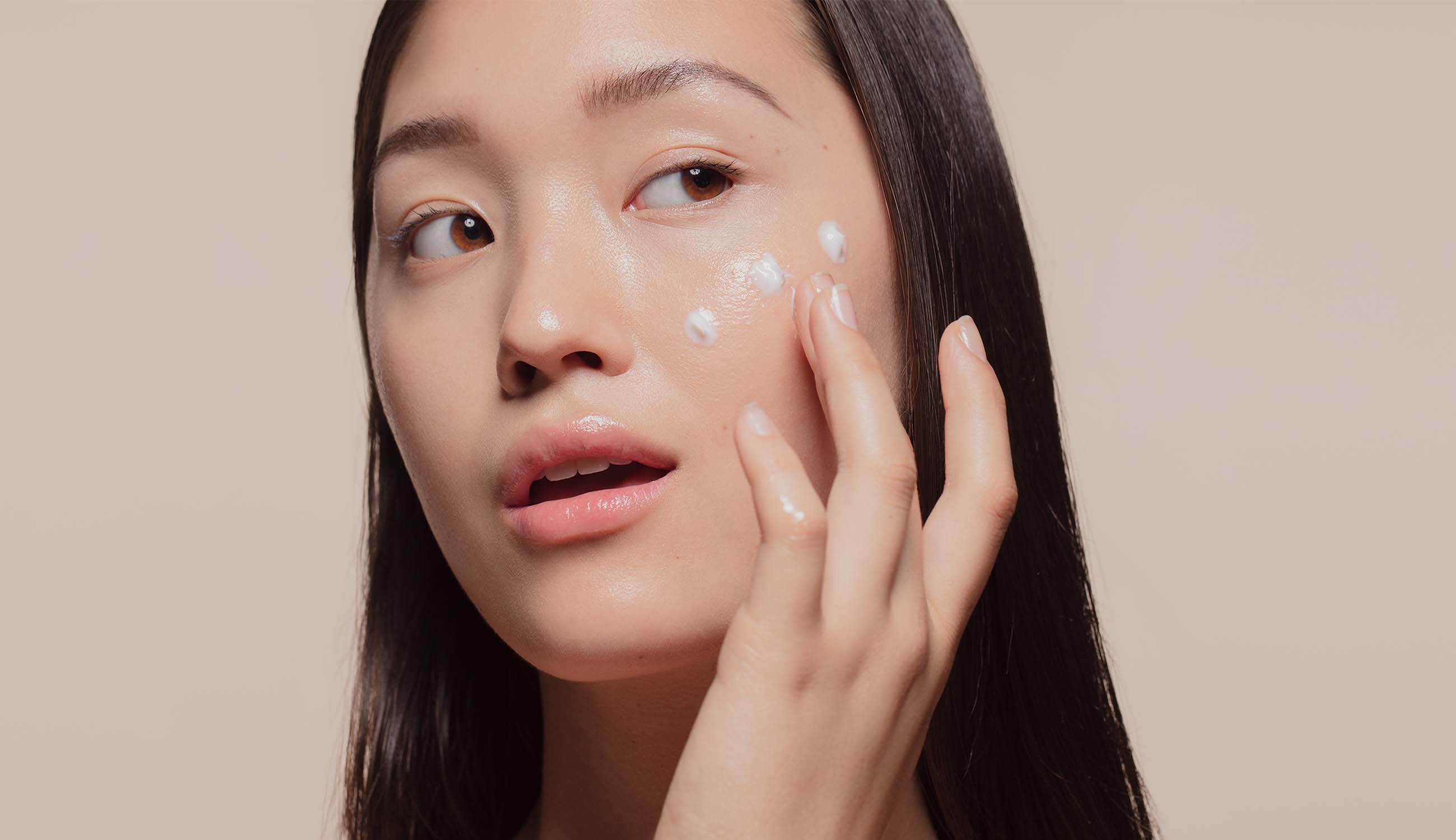
Safety here in the U.S. is often reactive rather than proactive. Transparency and regulations are granted once negative responses are reported.
This puts enormous pressure on us as consumers to research and be cautious in our cosmetic consumption – totally going against what’s popular in culture and media. With this in mind, we want to highlight some of the potentially harmful ingredients we may be exposed to in cosmetics because that’s just as important in preventative care as what’s already known.
Some of the worst proven and possible carcinogens include:
-
Parabens,
-
Contaminated talc,
-
Mineral oils,
-
Coal tar,
-
Arsenic,
-
Heavy metals, and
-
Formaldehyde.
Despite the endocrine disruption and obvious respiratory and reproductive harm linked to the ingredient, the Campaign for Safe Cosmetics points out that formaldehyde is permitted in the states while it is restricted or banned in other countries like Japan and the EU.
We start to wonder why these types of risky ingredients are even used at all. However, their presence is multi-faceted. For example, coal tar has been shown to be an effective treatment against inflammatory skin conditions. But Cancer.gov reports a link between this ingredient and skin cancer.
And while the FDA reports no hazards involved with the use of or exposure to parabens, there are known links to parabens and increased obesity, hormone disruption, fertility challenges, and inflammation.
Take for example a more notorious toxin like arsenic. This is also not seen to be used in “amounts we found would pose a health risk”, as reported by the FDA. Yet according to the World Health Organization, arsenic permeates groundwater on a global scale and is naturally toxic. It can lead not just to cancer but developmental disorders, cognitive disabilities, and even death.
Newsletter Subscribe
for more blog updates and exclusive discounts
What we’ve taken away from our cosmetics ingredient research is that there are more cancer-causing ingredients and cosmetic ingredients to avoid out there than we would have anticipated. As a result of the ever-growing beauty industry here in the U.S. and the lack of cautious regulation by the FDA, cosmetics do unfortunately contain carcinogens and PBTs at a rather high rate.
Even still, the conversations around these ingredients won’t go away. Monitoring emerging studies on cosmetic ingredients to avoid is one way to stay up to date on how regulation evolves. And with time, reading ingredient labels becomes familiar enough to spot cosmetic ingredients to avoid right away.
We can still work together to reduce the cosmetic ingredients to avoid in our products. As we continue to push for formulation transparency, non-carcinogenic beauty, long-term testing, and precautionary regulation, we’re likely to not only achieve reform in the industry but help to spread more wholesome options. We all want to stay healthy, beautiful, and hopefully cancer-free.
Interested in learning more about non-toxic options? Check out our guides on how to make a non-toxic room freshener and non-toxic fragrances we love.
- Tags: February-2022, Ingredients, Makeup, Skin Care
We carefully hand-select products based on strict purity standards, and only recommend products we feel meet this criteria. 100% PURE™ may earn a small commission for products purchased through affiliate links.
The information in this article is for educational use, and not intended to substitute professional medical advice, diagnosis, or treatment and should not be used as such.


